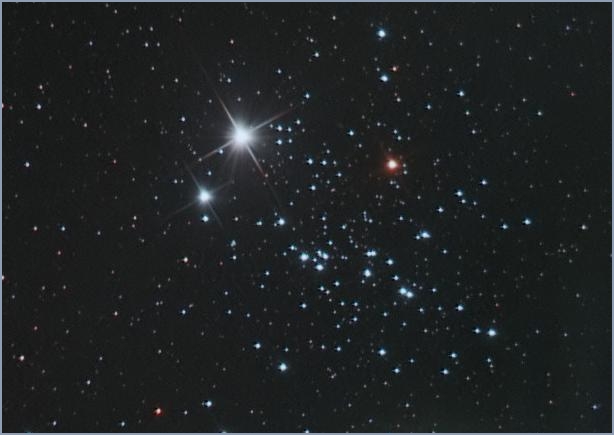Now wait a minute... the Pleiades is an asterismChris Peterson wrote:The question was with respect to the spelling "Pleides", which is simply incorrect.jackfusco wrote:I've actually seen it spelled Pleiades more often than Pleiads. For what it's worth, the spell check on Chrome marks Pleiads incorrect.
The asterism is named for the mythical seven sisters, the Pleiades. Singularly, they are called "Pleiads", so that spelling is correct so long as you are referring to the individual sisters, or to individual stars, and not to the asterism itself.
I don't think so
Ann
